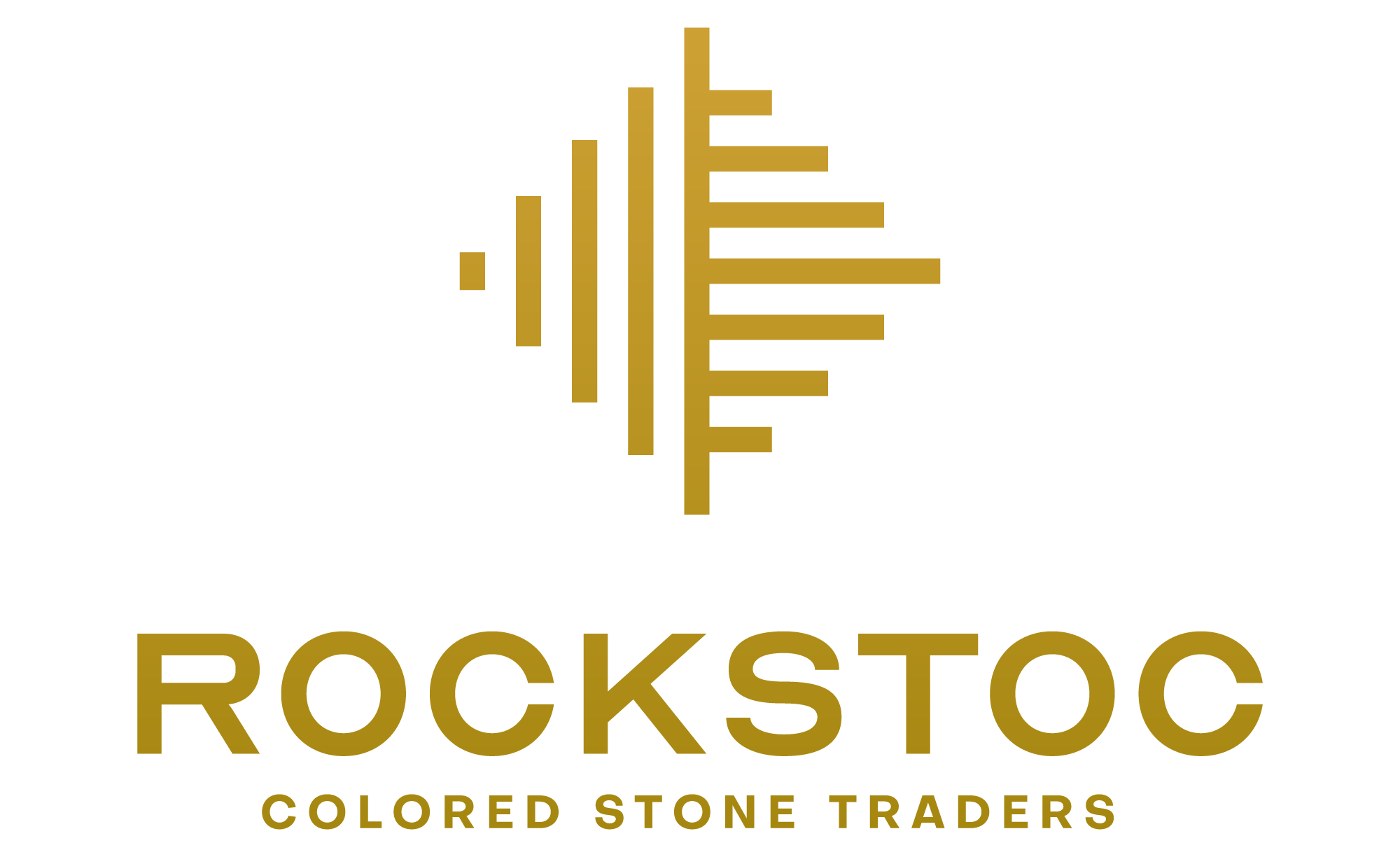Greenwashing and Ethical Jewelry in the Colored Stone Trade
Today’s colored gem buyer holds gemstone dealers responsible for the labor conditions, environmental impact, and ethical treatment of miners, cutters, and other laborers along each stone’s path to market. Buyers want to be certain they are not contributing to conflict in other parts of the world with their purchases, and for many, these components are as important as the gem’s beauty and cost.
Unfortunately, “greenwashing” is widespread. The term “ethical jewelry” is tossed out quickly as a marketing term geared to make pieces more attractive, but what does ethical jewelry truly mean in 2020?
The Impact of Blood Diamonds on Consumer Awareness
Issues of ethical dilemma in the gem industry began to come to light amidst controversy surrounding “blood diamonds” in the late 90’s. Investigative reports indicated that rough diamonds were actively being used to fund warlords and insurgent activity in Sierra Leone and other war-torn areas of Africa. Until then, it was rare in the jewelry industry to know a gemstone’s point of origin. A single stone passes through the hands of many different people, sometimes all over the globe, before it arrives as a finished product for sale in the retail market. Miner, cutter, polisher, dealer - all play an important role in the final product. But as consumer awareness of these issues increased, buyers began to make an active push for ethical jewelry and for more knowledge about how and where rough was procured. With this increased demand for provenance by the public, initiatives like the Kimberly Process came into effect, tracing rough through its path in the supply chain from the mine.
According to the World Diamond Council, the Kimberly Process has reduced the number of blood diamonds in the industry from almost 20 percent in the eighties to less than one percent today. While it has been inarguably effective, it is important to recognize that the Kimberly Process only deals with rough diamonds and does not address either cut diamonds or colored stones.
The Conundrum of Colored Stone Ethics
In recent years, colored stones have experienced a surge in popularity, attributed in part to greater access to unusual materials, relative affordability, and increased advertising and marketing. As demand for colored stones has increased, similar issues and grievances to the blood diamond debacle are coming to light. While efforts are currently underway to curtail unscrupulous dealings in the colored stone industry, the journey of these precious gems can be one of the most difficult to follow in the pursuit of ethical jewelry.
Colored stones are sourced from dozens of different countries around the world, each with its unique cultural, economic, and political situations. The unique circumstances surrounding each mining area make it difficult to implement a solution that is equally effective on a global scale. The key to success comes from an understanding of the local community’s culture and assessment on a case by case basis.
Fortunately, most colored stones on the world market are mined by small scale artisanal miners. While it creates more individualized, specific circumstances, it also creates an opportunity to get to know key players in a gem’s path on a personal, individualized basis. Most artisanal mining outfits are composed of entire family units that have been in operation for generations. As a result, it is possible to establish long-term, meaningful relationships between buyers, sellers, and producers that recognizes the importance of all involved.
The issue of child labor is an excellent example of the nuances present in what exactly determines ethical behavior. Child labor is defined as any form of work detrimental to a child’s general well-being, including their education and their physical, emotional, and mental health. The term is a trigger term with immediate negative connotations, but that is not always the case. If an older child participates in work when they are not in school, the income they produce may not only help to support their families, it can also help to cover the costs of higher education for the child than would otherwise be possible. In the case of younger children, their presence in the field with their parents may alleviate the need for childcare and allow for more bonding time. While safety measures must be in place to protect children present at work sites, when their “participation in work does not negatively affect their health and personal development or interfere with their education, it is generally regarded as being something positive” (United Nations, n.d.). This is frequently the case when an entire family is involved in mining colored stones.

Mining cooperatives like the Blue Royal Mine in Mogok incorporate artisinal miners as shareholders. The miners take a percentage of the total profits.
Four Key Steps to Evaluating the Ethics of Colored Stone Commerce
While the numerous factors involved can be complicated, application of a general set of guidelines customized to the specific culture and locale of procurement can give demonstrably positive results.
1) What are the overall labor conditions for those securing the rough? Are adequate safety provisions in place to protect miners, such as tunnel support systems? Are workers given reasonable rest and recovery times between shifts to perform their work safely? Are medical costs covered for miners when working with mine owners and an injury occurs? If these basic allowances for laborer welfare are not in place, the gems coming from a given region cannot reasonably be referred to as ethical stones nor the products they produce as ethical jewelry.
2) Are workers retaining a reasonable share of profits from the sale of precious gems? There is frequently a wide disparity between the recognized value of rough at its source and its final market value after polishing and setting. Ethical sourcing points to a lessening of the disparity between these two numbers that acknowledges the risk and knowledge of the artisanal miners securing the stones for trade.
3) Is mining producing significant environmental damage, and if so, are efforts being made to counteract the impact? Because mining is a destructive act by nature, in most cases it is impossible to completely alleviate environmental damage - yet there are steps that can be taken to minimize long-term injury to the land. Are mines being filled upon closure, and are the areas in which they are dug being reseeded with vegetation to speed the reabsorption of the mines into existing ecosystems? Is care being taken to ensure that local water sources are not being polluted? Returning mined areas to their former state helps to minimize the burden placed upon the land and the people who live there.
4) Is the sale of gemstones in the country of origin improving the quality of life for its inhabitants? While all of the practices outlined above help to ensure a more equitable arrangement for buyers and suppliers, the provision of continuing education within surrounding communities can strengthen the position of miners and locals by allowing them to contribute at multiple levels within the supply chain. The establishment of local cutting houses and donations of equipment and training give artisanal families a competitive edge. Participation in the refinement of rough gets miners closer to the finished product, and higher profit margins as a result.
While these assessments are not perfect, addressing the questions above provides a meaningful starting point for the creation of a fair, transparent chain of supply in the colored stone industry. Building long-term relationships of mutual benefit and trust with artisanal miners and their communities can ensure the best of both worlds – ethical sourcing while generating a steady, dependable supply of gems for merchants and dealers. The future of the colored stone trade rests on our ability to respect indigenous cultures and show sensitivity to their unique plights and circumstances, taking those elements into consideration as best practices are established for each unique mining region.


